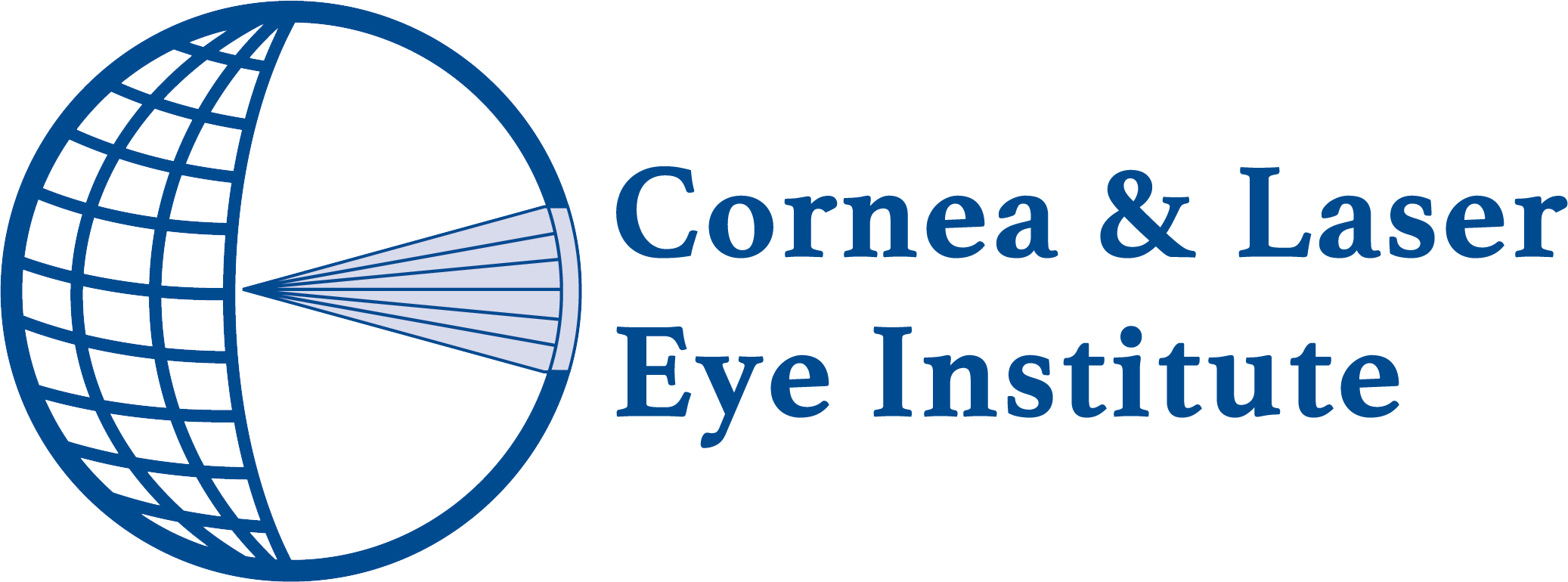Standard, FDA-approved, corneal crosslinking for keratoconus and corneal ectasia involves removal of the surface cells of the cornea, the epithelium. In the transepithelial, “epi-on”, crosslinking procedure, the surface cells are left intact. This, potentially, may speed healing and visual recovery time, visual, comfort, and decrease the chance of infection and corneal haze during the healing period. However, this method may not have equivalent efficacy to the standard crosslinking procedure. The study is being conducted to further analyze the safety and effectiveness of transepithelial corneal collagen crosslinking.
Transepithelial cornea crosslinking (CXL) is investigational, which means it has not been approved by the U.S. Food & Drug Administration (FDA). There have been modifications to the standard CXL technique, previously approved by the Food and Drug Administration (FDA). One modification is the addition of riboflavin drops containing benzalkonium chloride (BAK). These drops are used to loosen the epithelial cell junctions and appears to result in crosslinking without the delayed wound epithelial healing effects and immediate postoperative period discomfort.
The objective of this study is to evaluate the safety and efficacy of transepithelial crosslinking. The second goal of the study is to determine if there are any differences between administering additional riboflavin drops during UVA light treatment.
Transepithelial corneal crosslinking involves the following steps:
- applying topical anesthetic with preservatives to the eye
- applying riboflavin (Vitamin B2 eyedrops) to the eye, and
- exposing the eye to ultraviolet (UV-A) light.
This will cause a reaction in the eye that will strengthen the fibers that make up the cornea.
It is hoped the above method of transepithelial crosslinking, in which the corneal epithelium is not removed, will reduce the risk of infection and scarring since the epithelium remains intact, allow for faster visual recovery, and improved patient comfort in the early postoperative healing period since re-epithelialization is not required.



